Ibibio Union Museum — The House of Golden Memories in Frames
Museums as we all know, are places where history is preserved and tradition cherished and monumented in frames or solid artworks. One of such museum is the Ibibio Union Museum in my City. Why the name? Uyo is known for indigenes that are Ibibio speaking as we have 70% of dominated Ibibios. There's a specification in place. The Ibibios have a culture and tradition they cherish and uphold as their heritage. **All these Ibibio traditions, dances, customary laws, leaders, great heroes, idioms, stories, tales, etc., are embedded in this structural museum.
Though the operators of the place barely come around, I was opportune to meet those who are meant to secure the place and prevent theft of any sort, including photographs. I had to seek their permission to get inside, but unfortunately, they themselves aren't allowed access except when the curators are around. They allowed me to get photographs from outside, as my phone has a better zoom range, aided by the transparent glasses surrounding the museum. I could literally see everything but couldn't touch.
Brief History |
|---|
The Ibibio Union Museum is located in the heart of my city, a place that's always booming during the December period. To be specific, it is located at Udoudoma Avenue at Unity Park, Uyo, Akwa Ibom State.. It's actually a long-standing museum commissioned by His Excellency Arch(Obong) Victor Attah, ex-governor of Akwa Ibom State. It was commissioned by him on the 22nd of May, 2007. But who developed or sketched the project, you may ask?
It was built in 1929 by a union of ibibios. They designed this place in recognition of the Ibibio State Union and the scholars that studied at different universities around the globe, of whom some died as great men, defending and preserving the Ibibio tribe.
Years after its commissioning, a cultural feast was held in that museum to remind our students and adults that we have had history and our history will be passed on from generation to generation. Exhibitions by students were made, and they were opportune to place their artworks in this stadium where history and culture are real and alive. I wasn't around to witness such an event. I guess I was still a young lad who knew nothing about our deep cultural heritage.
I'm a proud Ibibio-speaking citizen, and if you want to be reminded of our past, the colonisation era, and how lively and active every past hero and event is, visit this place and take your time to go round the museum. You may shed tears from past memories. Every artwork will definitely remind you of a moment you lost or once cherished, times when life was life for the Ibibios.
Ownership and Management |
|---|
This was a government-run project but is now community-operated, headed by a significant curator who has in-depth knowledge of our historical era. The late Victor Attah who commissioned and built this place, built it for a reason. This reason is still upheld till now. Even though it was built years back, it still looks new. The curator currently running or managing the place is a notable person in the Ibibio tribe, though his identity has remained concealed from outsiders.
The management of this place has tried in ensuring the place is well lit, secured, clean and maintained on a regular basis. That's why I say that you would be surprised to see how an 18-year-old building is still looking modern and serene. All thanks to the management. If it were opened to just anyone, a lot of artwork would have been stolen, and the glasses surrounding the museum would have been broken.
Exterior and Entrance |
|---|
Speaking of the entrance, it is more like speaking or talking about a serene 5-star hotel or an expensive aisle used for outdoor weddings in fields. Just look at how beautiful the entrance to this place is. The trees act as entrance protectors, the green fields blend with the sky, and the concrete pathway is for vehicles to gain entrance to the museum. The museum is situated in the heart of a popular park. You can use it anywhere round the clock to enter the museum [exterior].
The entrance isn't designed with anything artificial. Nature got it. Above is the entrance to see the exterior of the museum. To gain entrance to the interior, you must pass through the main entrance of the museum, where securities are placed to give tickets to people who want to tour round the museum or schools that want to bring their students for an excursion into the place. Without passing through this place shown below, it would be assumed you used the back door, and you won't gain entrance. This is where your accessibility lies.
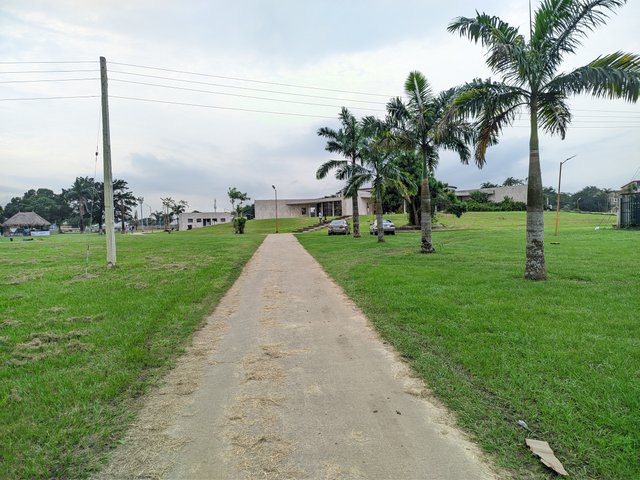 | Entrance to the exterior |
|---|---|
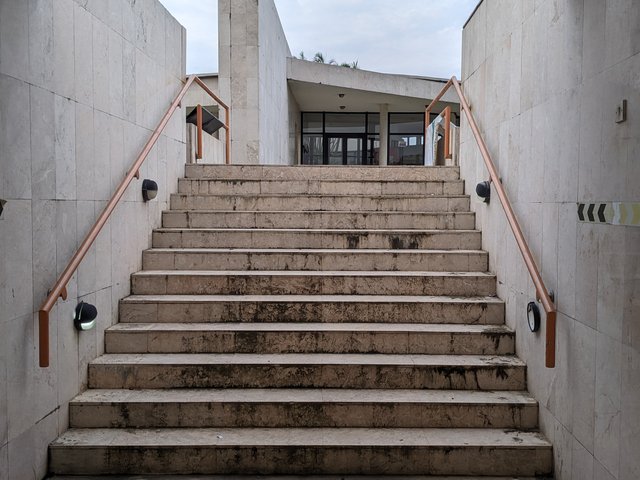 | Entrance to the interior |
Talking of architectural design, it has ancient, colonial and modern designs. In what sense? Take a look at the painting on the walls. It's the painting of the early 2000s, paintings that are rough and not smooth. The modern designs are seen in the pathways, the structural design of the building [the glass used as walls], the rooftop and the tiled floor. **It has colonial designs as seen in every pavement or extension of the museum.
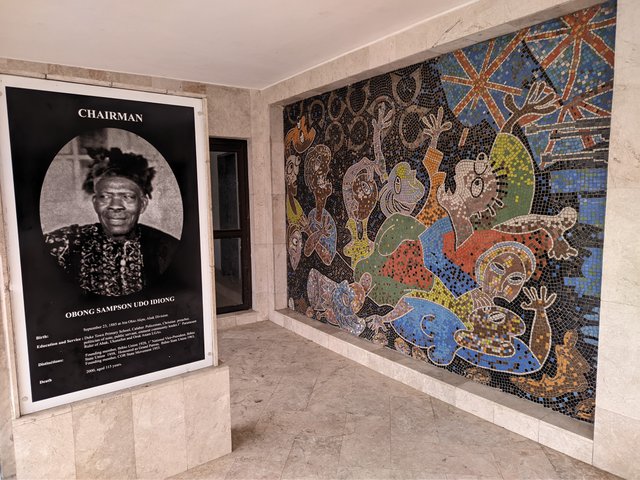 | 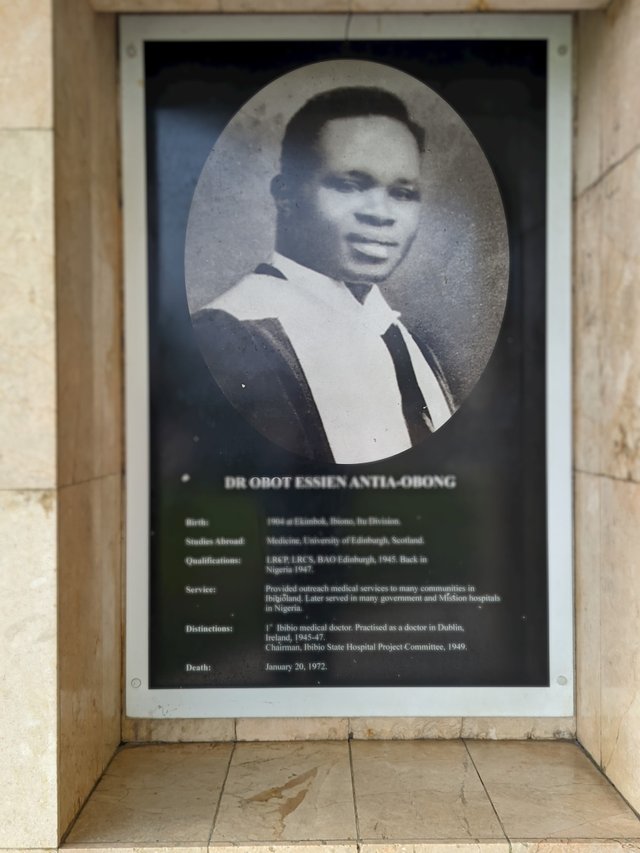 |
|---|
colonial designs
You get to see pictures of great heroes in every extension. Everything tends to be black and white. Our colonial days were notable for pasting pictures on walls, trees, etc. if you're to use a drone to get the architectural design of this place, it's more like an enchanted polygon cave. Permit me to source this image to show you what I'm talking about. You know this colourful wheel that rotates in a circular motion? It looks just like that if you're to attach ends.
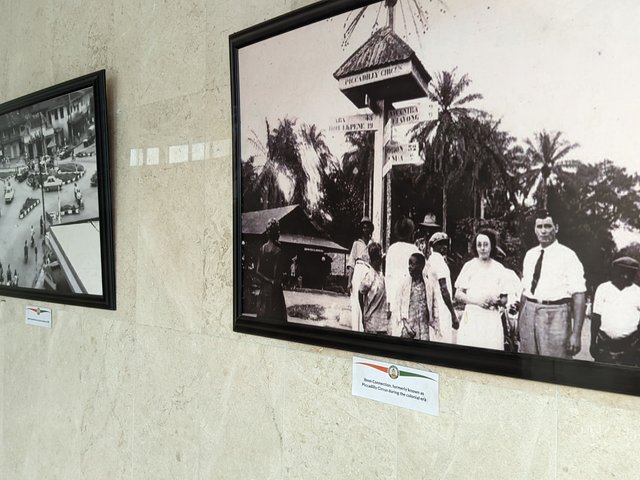 | 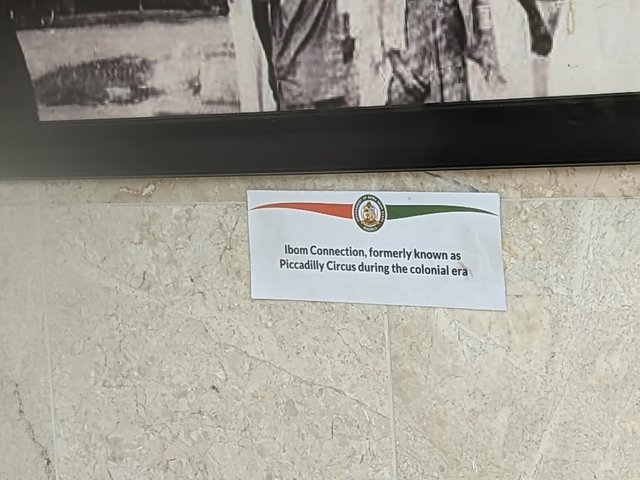 |
|---|
Our colonial days
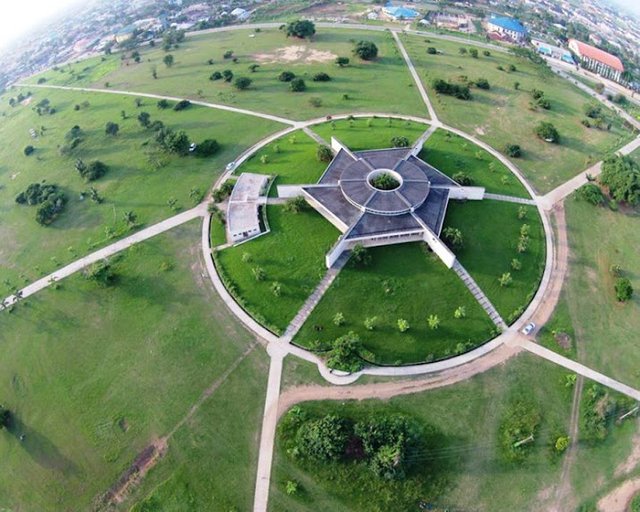
sourced from Google maps as the link is here already
Outdoor Areas |
|---|
Judging based on its outdoor areas, you can have a photo session here. It has gardens which surround the exterior of the museum with beautiful trees, flowers and turnips, making the place green and serene. These gardens are maintained on a weekly basis, from what I heard. There are no statues outside, but the structure of the building will tell that it's a mythical place, not just a common sit-out or building. They are all well maintained by the janitors there.The lawns alone can answer questions about its serenity. They even have waste bins for waste.
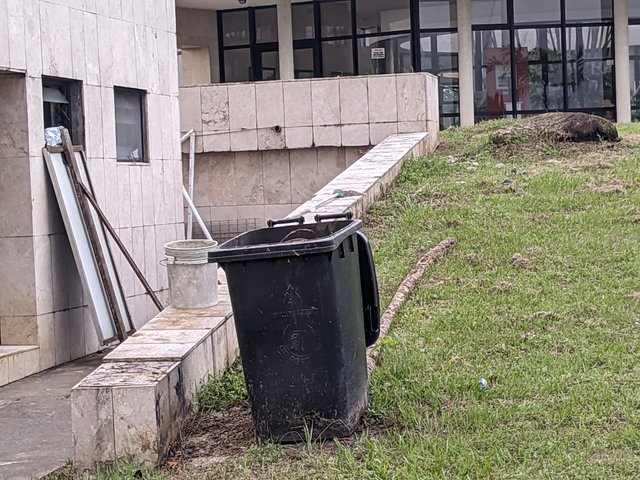 waste bin waste bin | 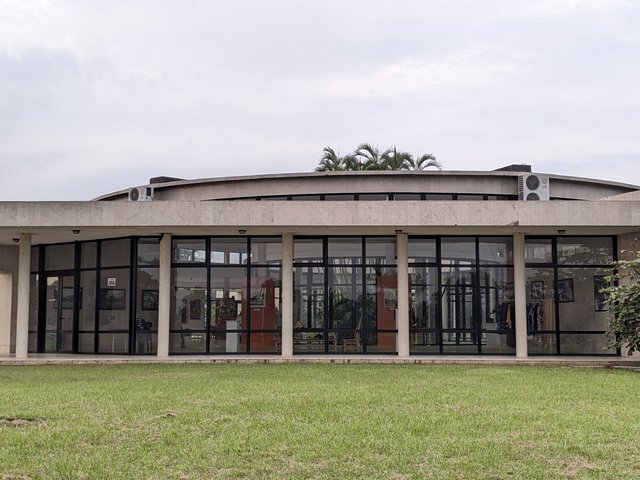 serene lawn serene lawn |
|---|
Interior Atmosphere |
|---|
The interior, guarded by transparent glass walls, is well maintained and neat. The ambience is something else. The white colour used in the interior, coupled with the clean glasses, radiates enough lighting to the place. Even with the absence of artificial light, the sky during the day will do justice to supplying natural light to tourists. You can see the interior from the exterior. Cleanliness is taken into consideration, as there's a basket inside the museum for paper waste or any other type of waste.
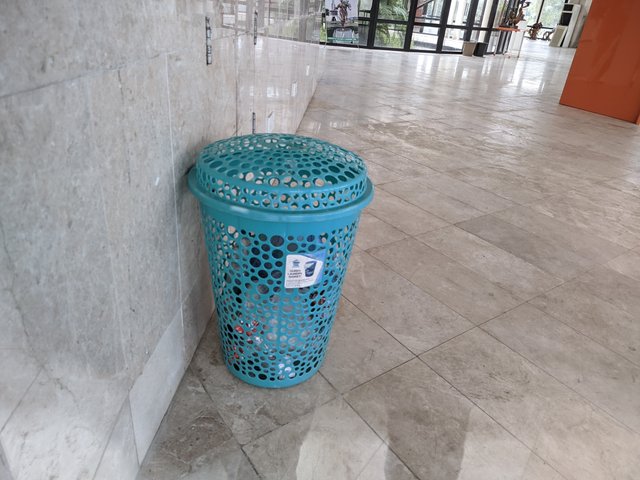 | Waste basket |
|---|
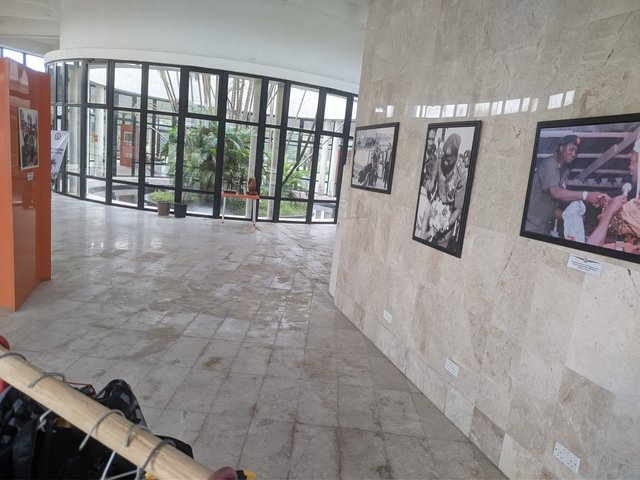 | 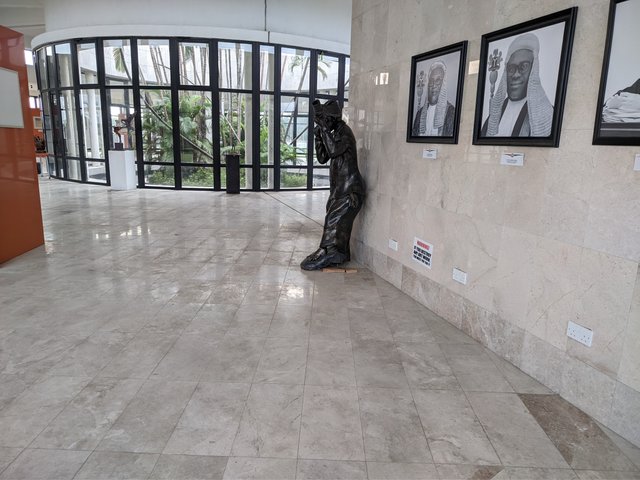 |
|---|---|
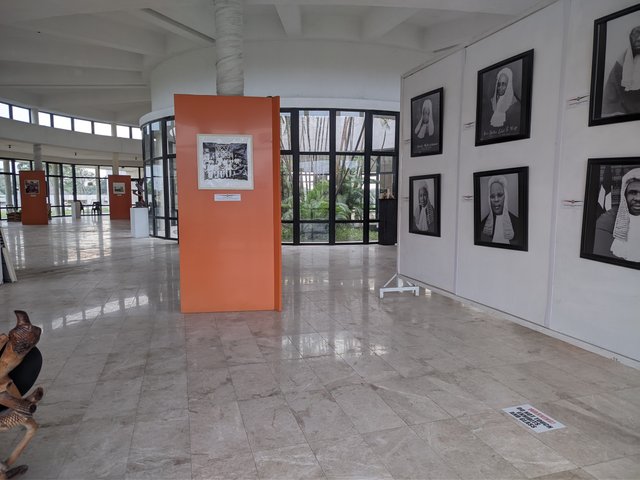 | 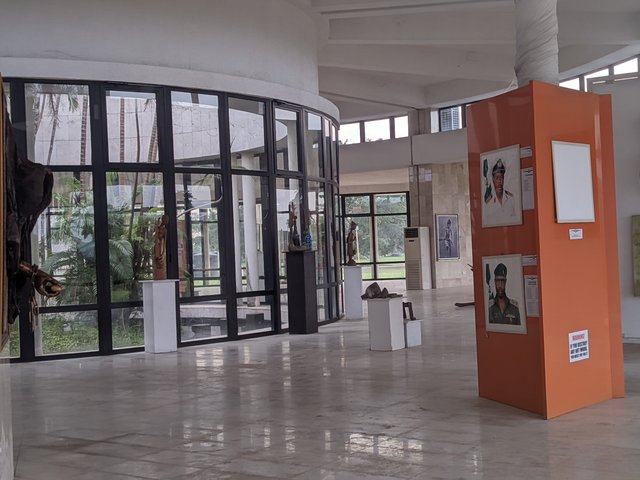 |
Interior
There are air conditioners in every corner of the building to provide artificial air in the absence of natural air or in harsh weather conditions as a result of intense heat from the sun. The exhibits of both students and great artists are placed in every corner of the museum, as it has 7 entrances and 12 partitions where artworks and exhibits are laid.
There are labels on each corner entrance. Since it was difficult to access the interior, I could discern this from the layout of exhibits. In a particular corner, you'll notice exhibits of great lawyers, our colonial days and our past. Another corner pictures tales we were told and its meaning in sculptures. It presents sculpted artworks of stories and tales of our pasts.
Another corner shows exhibits of our cultural heritage and dance. From the picture below, you can see some notable Ibibio dancers who danced in shows and traditional marriages. Every step means culture preservation for the Ibibios then. It spoke a lot about love, unity and language.
Another corner portrays pictures of animals and beasts that made up our pasts and their significance. Some of these beasts are used to make masquerade faces or masks today in our modern society. We have the bull and monkey face.
Another corner shows modern preservation of our dressing and grooming sampled in a closet. We also have corners where wooden seats with great significance are laid. These corners are easy to navigate, as your guides are available, and the spacious corners and aisles make it even more convenient and less confusing to locate a particular historical exhibit.
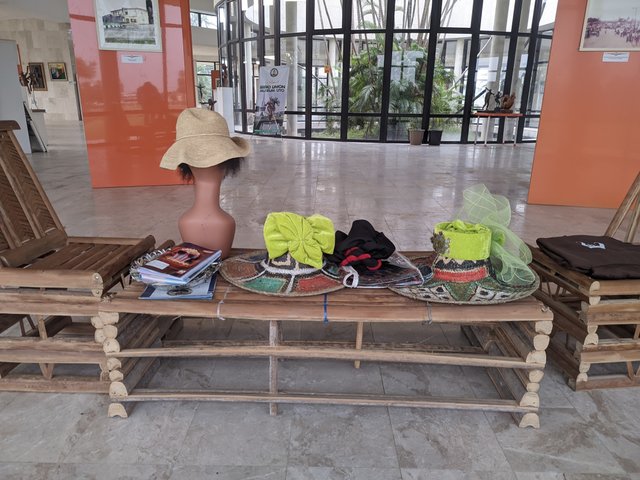
Corner for modern day clothing
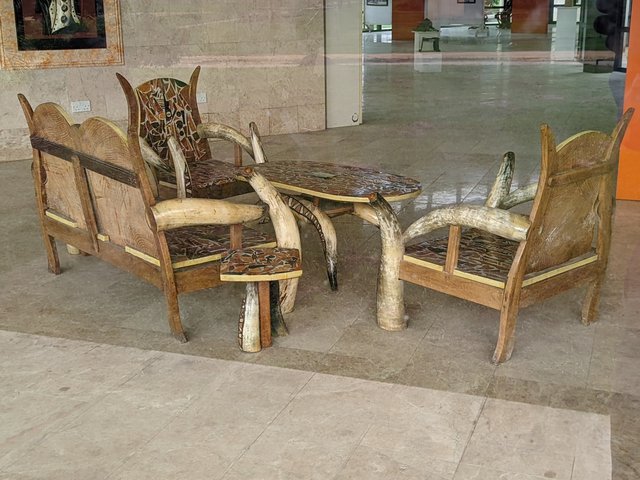 | 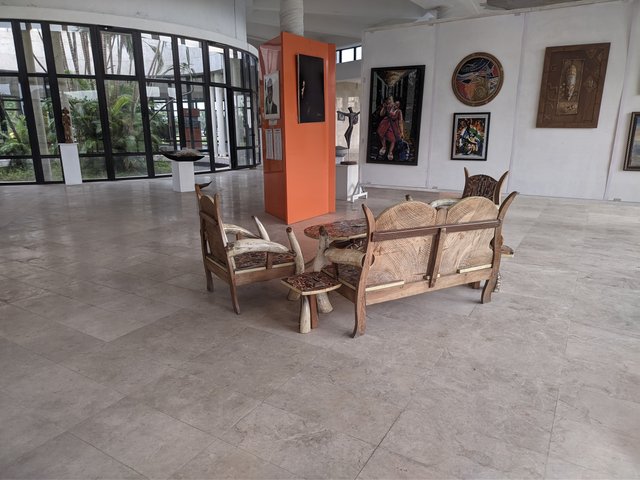 |
|---|---|
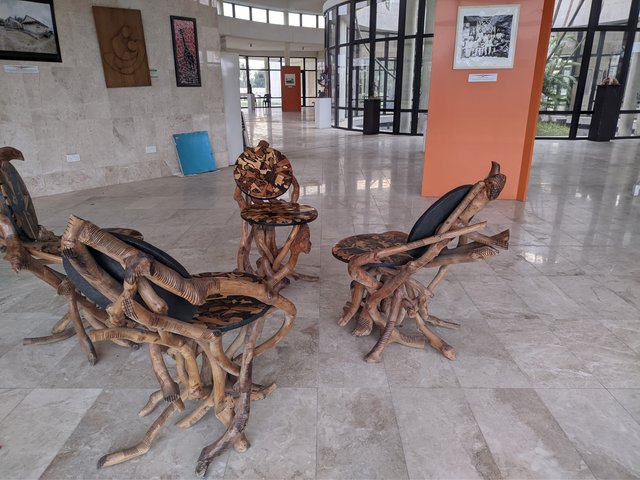 |
Ancient wooden chairs for elders
These exhibits are placed on the walls in frames for easy views while a few are placed on tables and on the floor. You barely seen exhibits on the floor in this museum. For every framed artwork, you get to see labels, the name of the artist and the name of the significance of that artwork.
Exhibits and Displays |
|---|
I saw a lot of artworks, and I couldn't hold myself from capturing all the attractive ones. Like, I literally captured over 20 artworks with great cultural significance. Let me share a few rare pieces that caught my attention.
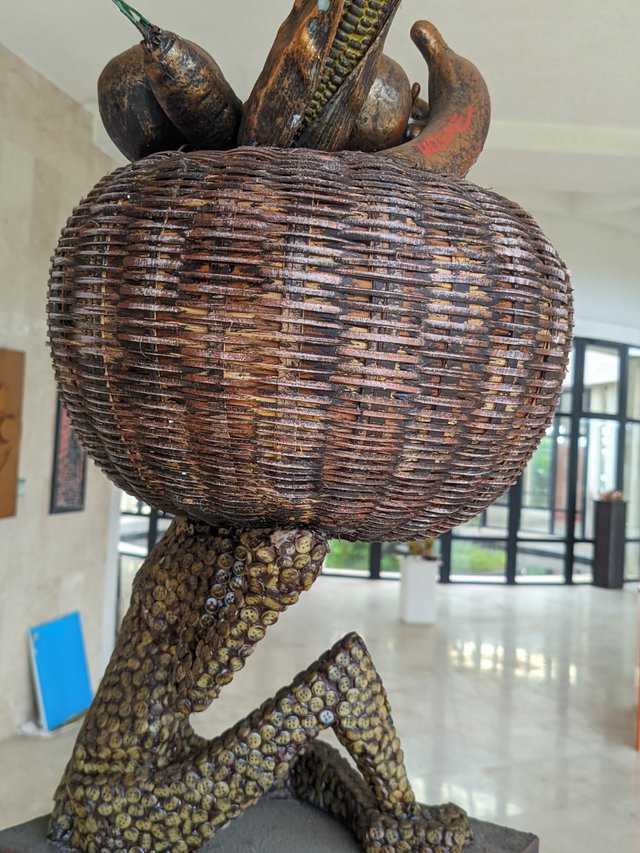 | 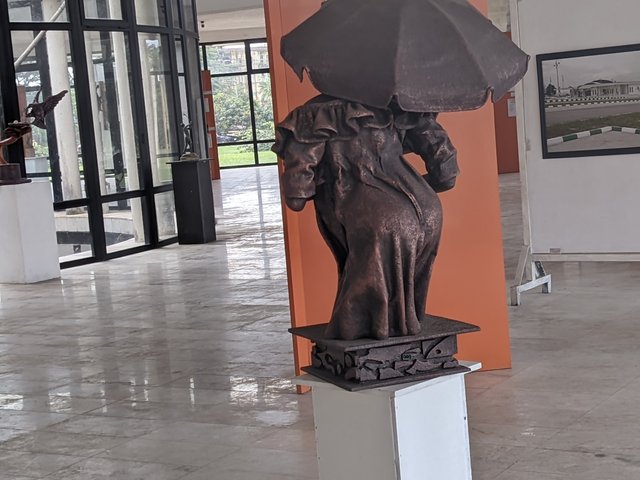 | 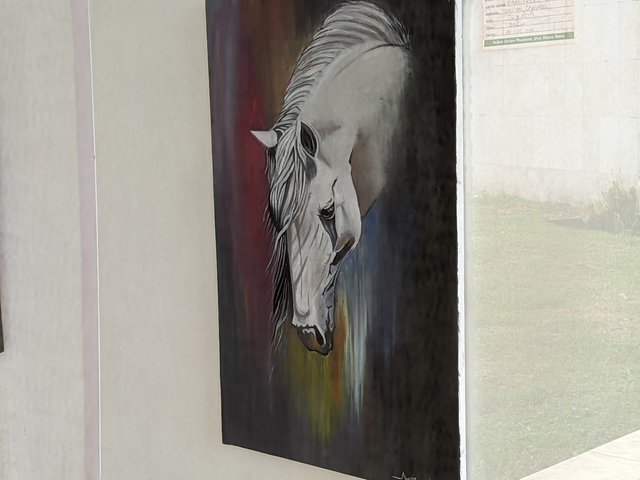 |
|---|---|---|
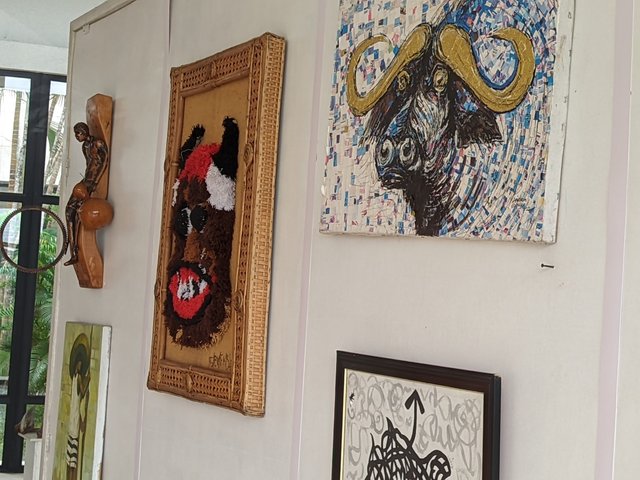 | 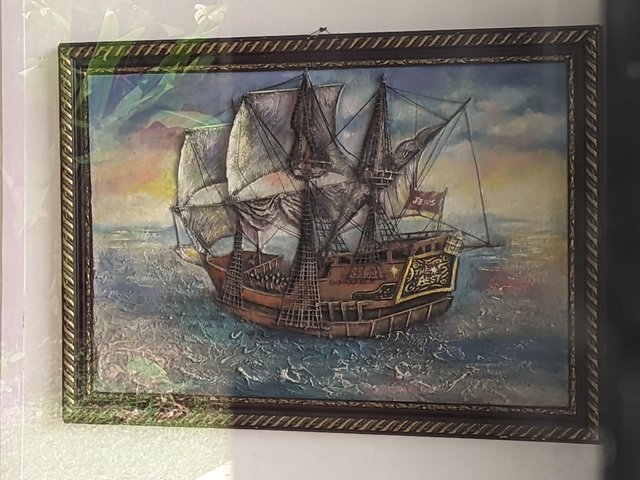 | 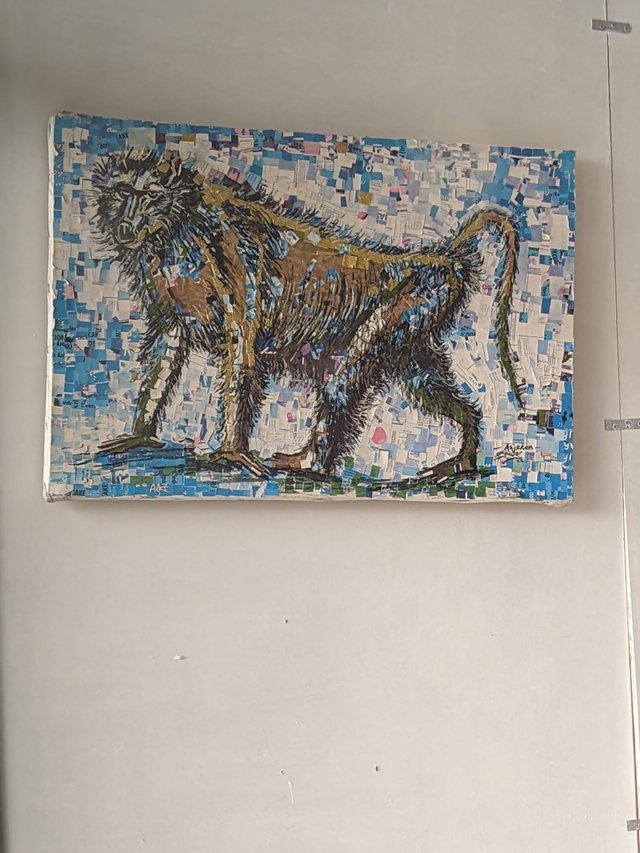 |
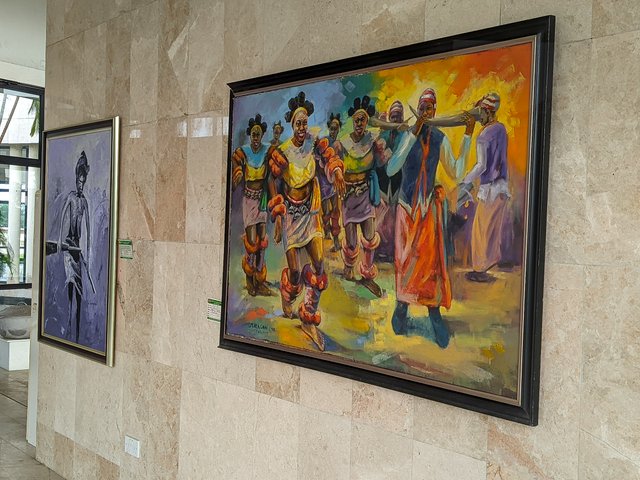 | 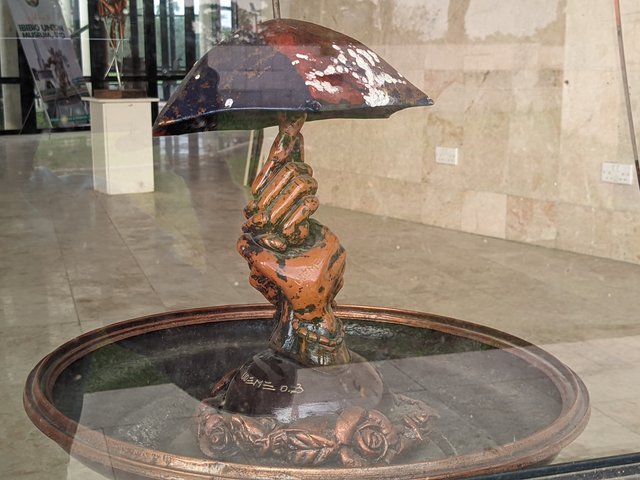 | 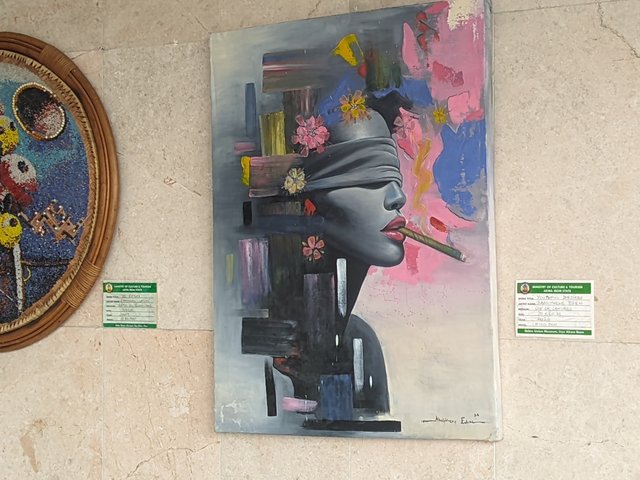 |
A family head driving a bicycle with his family on it. This was the ancient means of transportation then. A man would carry his family on it and drive through valleys, mountains, forests and the like. He would also use this to carry firewood from the forest after cutting down the pieces he wanted to make use of.
Our Ekombi dancer. You can't be in a traditional event without seeing this Ekombi dancer. Her dance chases evil spirits away from the village. When she dances beautifully with waist beads clicking around her waist and her staff used to make the dance even more beautiful.
Female farmers and hunters. In the past, our Ibibio women were known for fetching firewood and water from the stream while the men went hunting. In the case of a single mother, she would use her bravery in the forest with her gun, hunting for meat for her family.
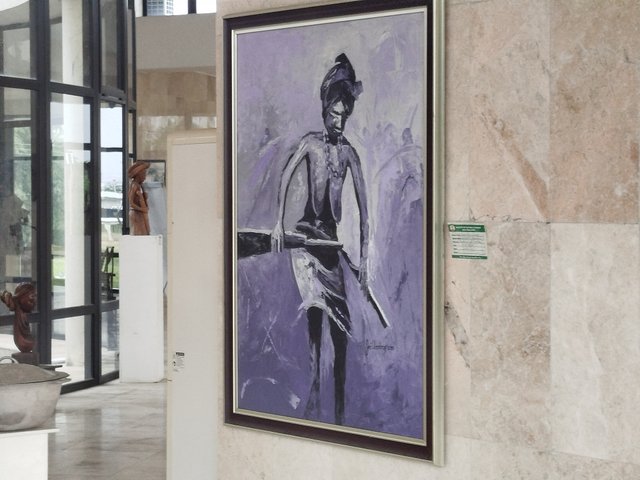 | Woman hunter |
|---|---|
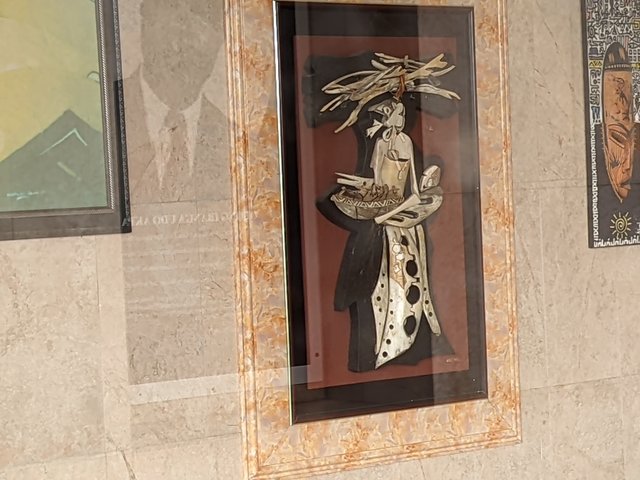 | Woman fetching firewood in the forest |
| Historical and great lawyers _ | 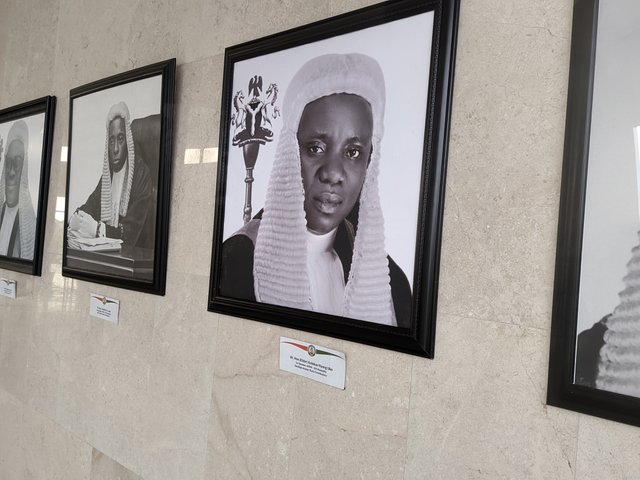 |
|---|
Supporting Facilities |
|---|
There are no cafes in the museum, but there are tour guides who would take you round and explain certain things to you when you have questions about a particular artwork. Yes, there are restrooms situated outside the museum. There are two restrooms for both male and female. For the infirm and disabled, like those in wheelchairs, their pathways or steps are actually dual, one that is stepwise and the other, plain for those on wheels to access the museum without being carried.
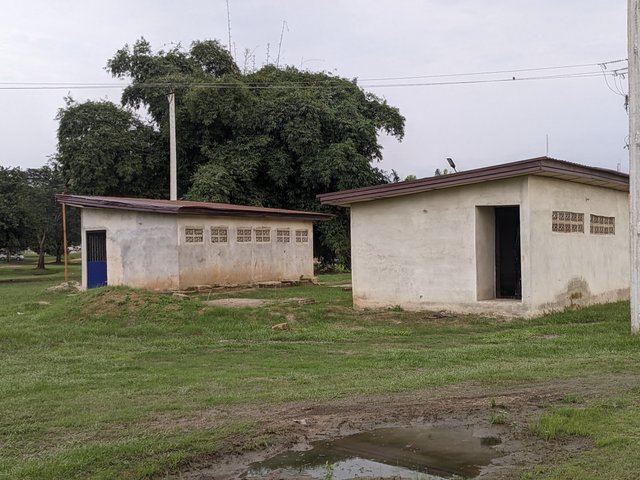 | Restrooms |
|---|---|
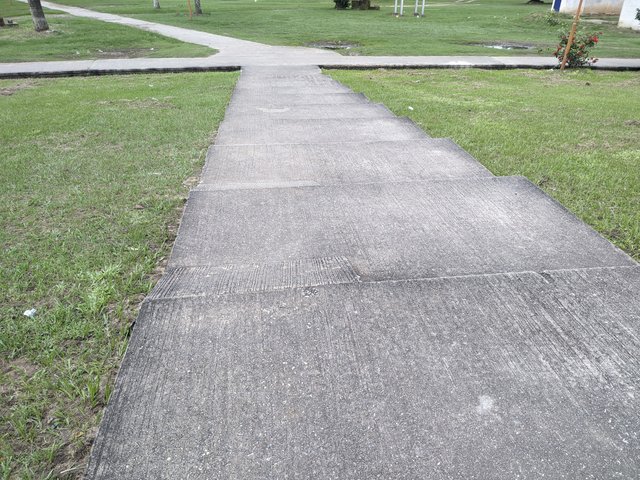 | Pathway for the disabled |
Tickets and Communication |
|---|
To access the museum, you must get a ticket worth 2k per individual, which in STEEM is 10 pieces. Group tour is 1k which is 5 steems. You get the tickets from the ticket booth at the entrance of the museum. They also have opening and closing hours. The museum is open by 9am and closes at 6pm. They have a site which is shown below. In the museum, rules governing the use of certain things are placed on red and white papers, visible to visitors. These are some of their rules.
If you destroy any artwork, you'll pay for it.
Don't take pictures unless you're permitted to do so. The fine without permission is #5000 naira.
Don't touch the walls.
The use of technology here is limited, as it's not a modern museum, and since it's community-operated, such may not be considered as important. They have their own transformer situated outside the museum which runs light to the building in case of big events. They also have solar-powered lights round the building which lights up the place at night.
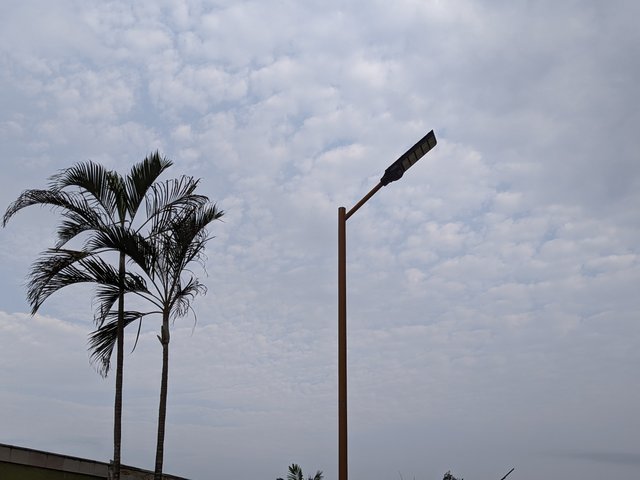 | 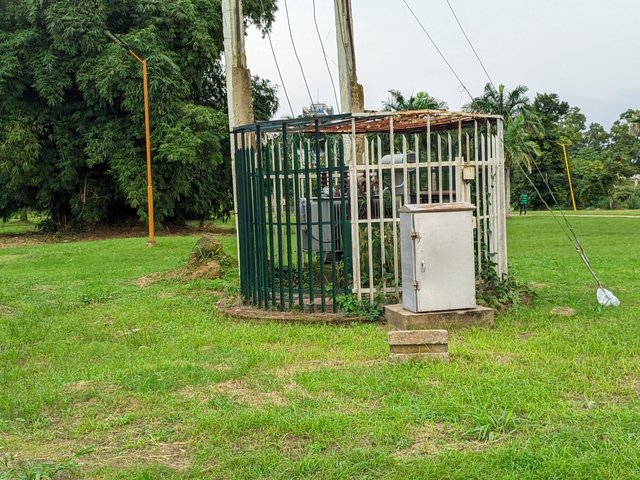 |
|---|
Their transformer and solar powered lights
| Type of place | Museum |
|---|---|
| Name | Ibibio Union Museum |
| Motto | Wherever you are, whatever you do, be a merchant of light |
| Founder | Victor Attah, former governor of Akwa Ibom State. |
| Year it was founded | 2007 |
| Location | Google Maps |
| Steem-atlas | [//]:# (!steematlas 5.00732319 lat 7.92842209 long Ibibio Union Museum d3scr) |
| Website | Site |
| Ticket fee | #2k for individual and 1k for group tour |
| Opening hours | 8Am |
| Closing hours | 6pm |
| Visitor | @bossj23 |
I invite @us-andrew, @basil20 and @whizzbro4eva to join this contest.
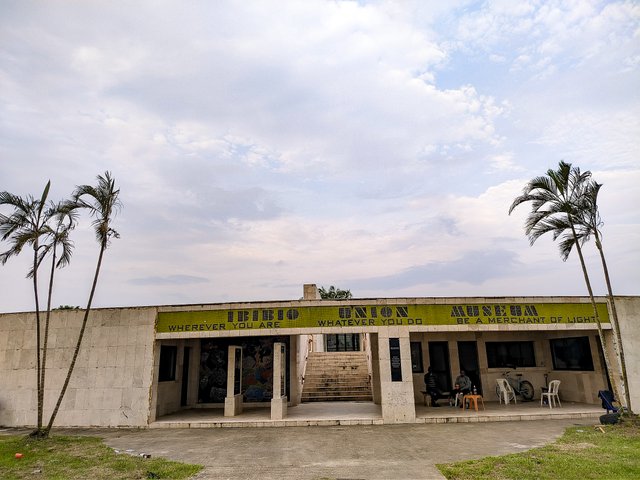
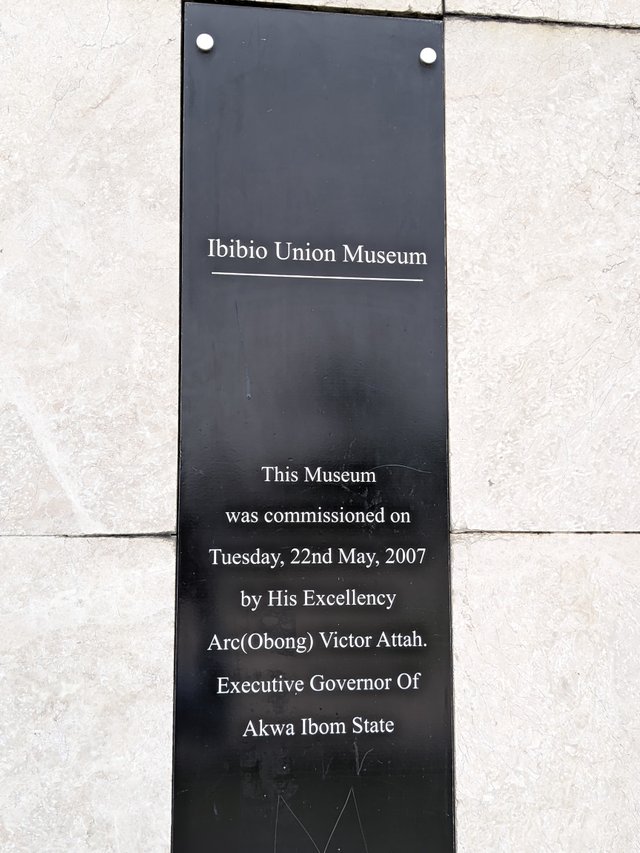
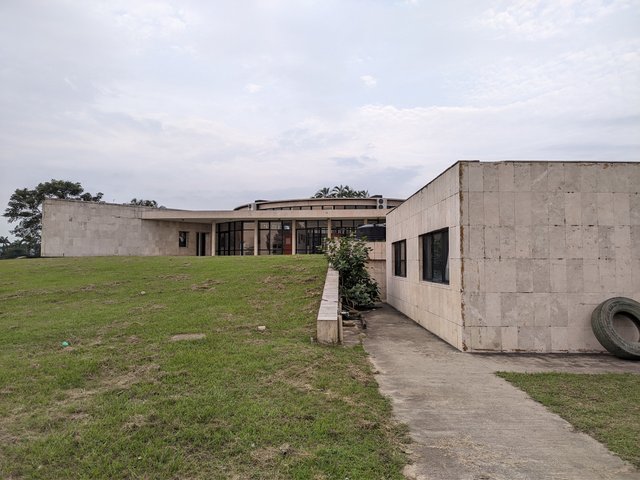
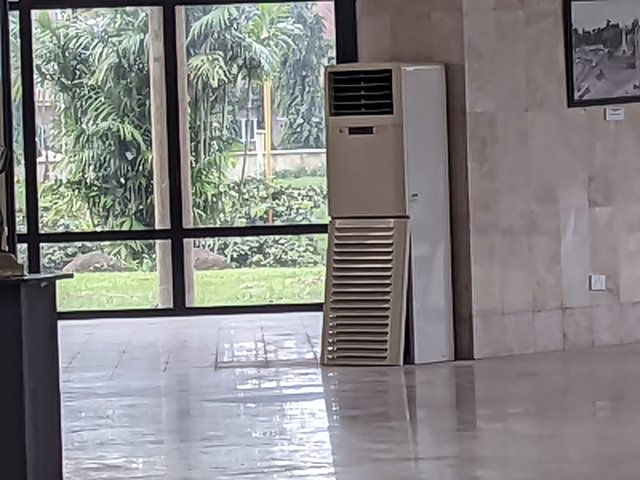
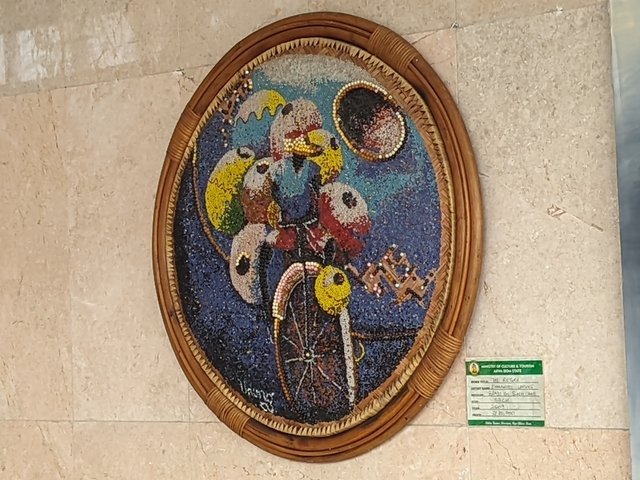
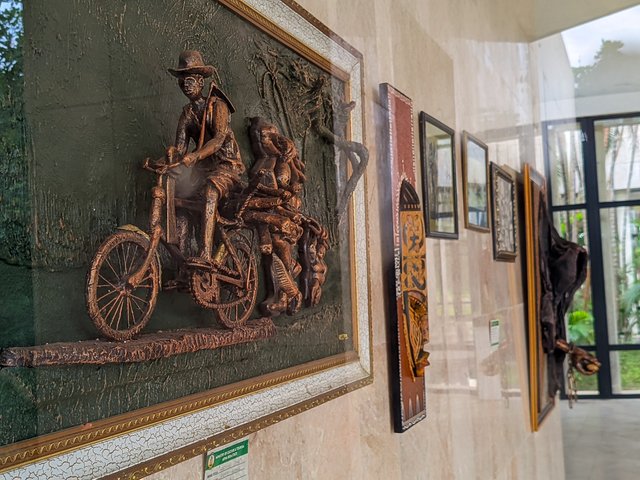
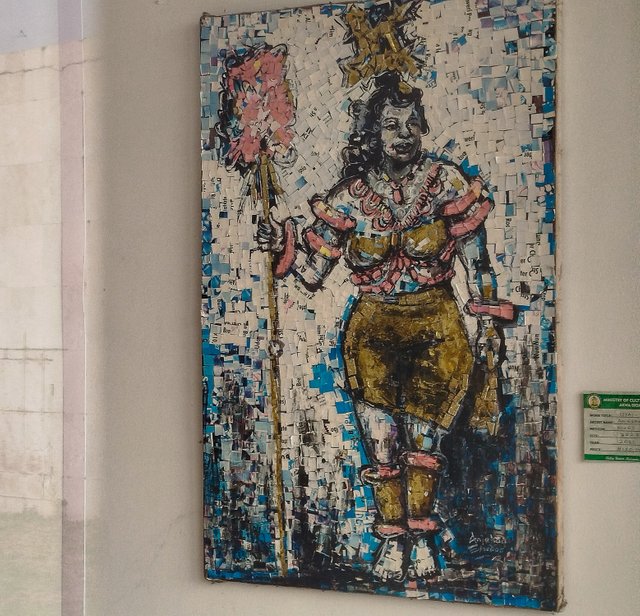
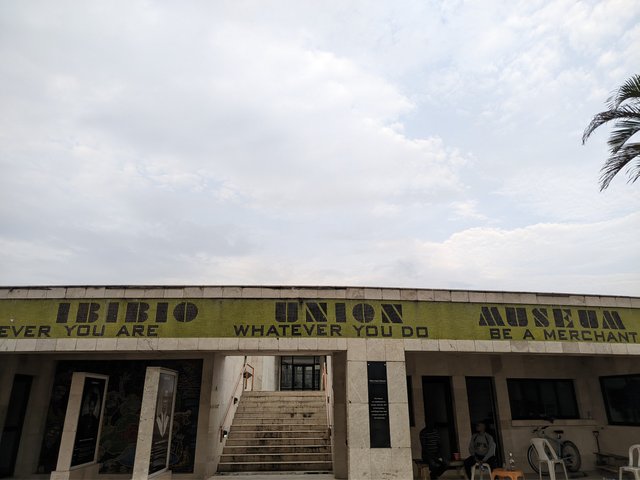
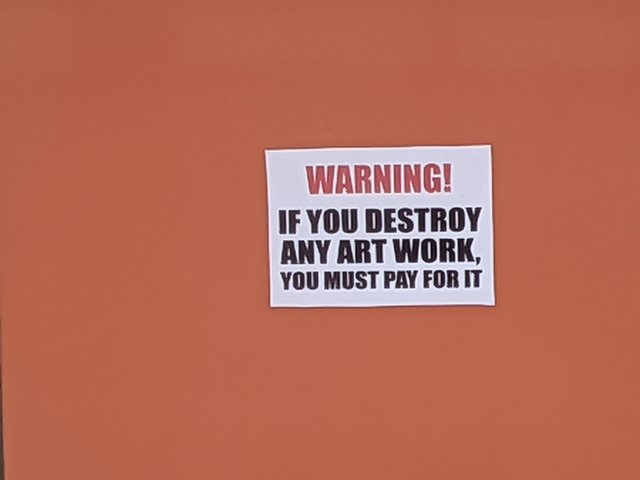
@tipu curate 3
Upvoted 👌 (Mana: 0/8) Get profit votes with @tipU :)
Hello traveler! 👋🏼
Thanks for sharing your post in the TS Community. Here you are the feedback and evaluation results:
~ Join the X profile, Discord server + Telegram group and have a happy day.👍🏼
Moderated by @ alexanderpeace